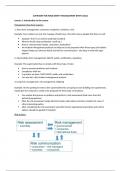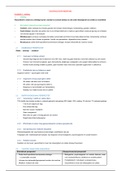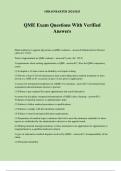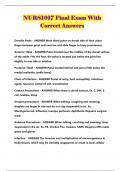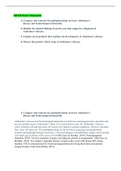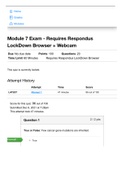Samenvatting
Summary Food Safety Management FHM-61312
GRADE: 7.5. This document is a summary of the course Food Safety Management (FHM-61312), covering lectures 1 through 9. You may print and bring it to the open-book exam. Please be aware that this summary was written during the 2022/2023 academic year, and the content may have changed since then. Th...
[Meer zien]
